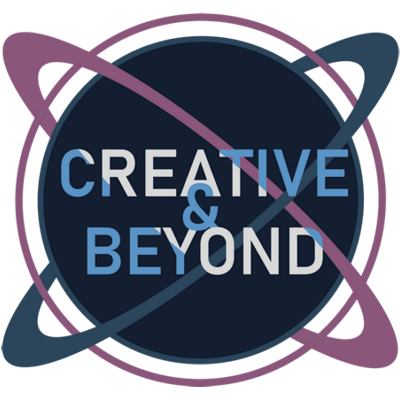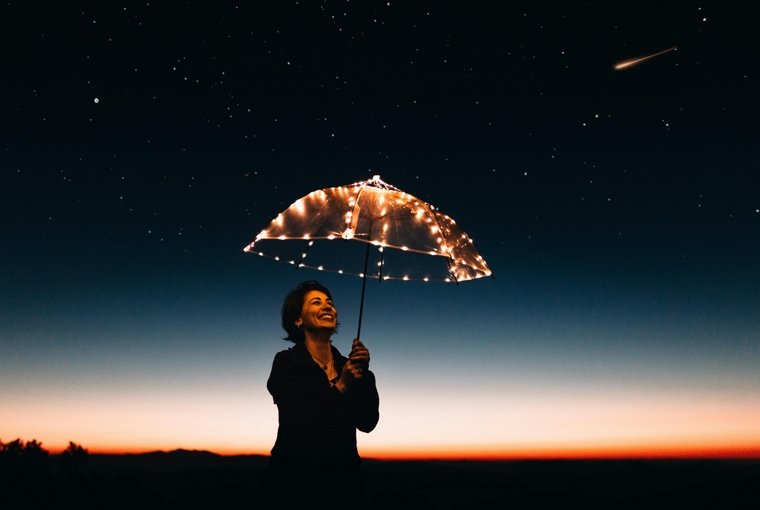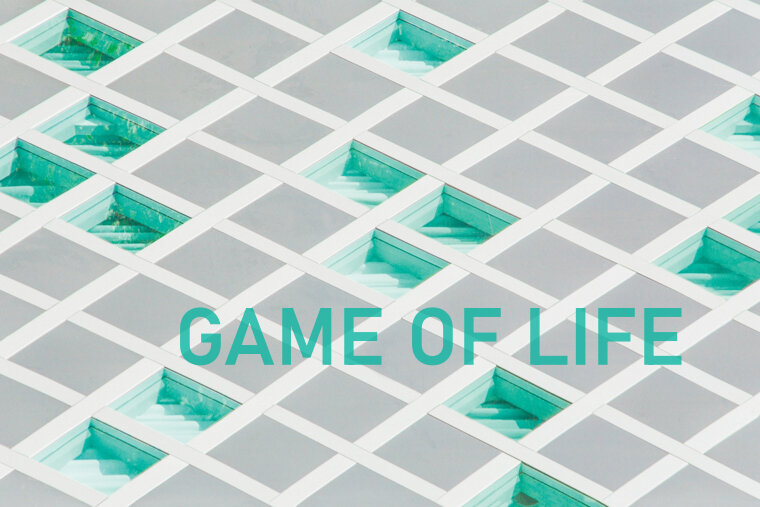The Artist and the Algorithm
This is a subject I’ve had in mind for a while, but I haven’t quite had the words for it. I’m still not sure if I’ll be able to fully express my feelings on the matter, but now seemed like as good as any time to write about it.
This is the age-old story of John Henry: the man vs. the machine.
Brace yourself, it’s a longer one.
As you’ve probably heard, I’ve started generating AI art in Midjourney and using it as prompts for creative writing.
If you haven’t had a chance to look, do check out my Dreamverse page.
I’ve been enjoying this creative exercise. There’s a certain excitement in discovering what the AI will come up with from the words I give it. It takes time and knowhow to finally get a satisfying piece (albeit much, much less than actually creating your own artwork).
All that said, I still don’t know how I feel about AI art. Iffy, I guess you could say.
Is it wrong? I don’t think so.
But I do have concerns about the methods in which it uses actual art to influence its own creations.
Is it art? I mean, yeah, I think so.
I don’t even want to begin to try and define what art is, but if you showed some of the images to a person on the street without telling them where it came from, they’d most likely call it art.
Is it creative? Well, it’s making something new and combining existing things in interesting ways, so I’d say yes to that too.
Is it ethical? That very much depends on how it is used. My big concern (probably most people’s concern) is the potential it has to steal jobs from real artists.
I completely understand people who find it repulsive because of that. I don’t blame them.
On the other hand, while AI art can make some amazing stuff, it still falls short of what a paid artist can accomplish for most jobs. I don’t know if that will always be the case. And I’m sure it is actively reducing the number of jobs currently available to artists right now.
Even so, all the caution and worry isn’t going to stop its continued development. Like it or not, it’s here to stay.
Since I don’t have outstanding personal skills in the visual arts, perhaps it’s better for me to examine it from an area I’m more adept and experienced in: writing.
I’m not as familiar with how far AI writing software has come, though I’ve seen examples. However, as a writer, I don’t feel too threatened by it. Perhaps I should, but I don’t.
I still hold a strong belief that the human element in writing has an irreplicable quality to it. Even if the AI can generate entertaining, informative, or interesting works of literature—it still lacks a certain soul.
I expect the same is true of AI music, though I’m even less familiar with that.
I have certainly noticed that everything I’ve witnessed so far from AI—visual art, writing, music—all has a certain sameness to it. It finds what it likes (or rather what it thinks we like) and mindlessly pumps that stuff out for us to consume.
That’s all fine, but it’s still just replicating what we’ve done before. It isn’t innovative and evolving art as a whole, the way we are. It rarely stirs the soul, or even surprises, at least on a deep level. It can imitate Vincent van Gogh, Salvador Dalí, and Andy Warhol, but it couldn’t have come up with their unique styles on its own.
That’s the difference that I don’t expect will change. We’re always evolving and the AI just gets better and better at copying what we’ve already done.
The impetus for writing this whole thing came from my differing experiences playing two notable games: Minecraft and The Legend of Zelda: Breath of the Wild.
While Minecraft was created by humans (some very innovative ones), most of the worlds in Minecraft are generated by an algorithm.
The exciting thing here (for me at least) is that whenever you explore a new Minecraft world, you’re seeing something no one else has ever seen before. And you can face any direction on the compass and just keep going on and on, practically forever. That’s pretty amazing if you ask me.
And yet, while there’s some pretty cool stuff to see and do, in the end it’s really just different variations of the same thing. The game isn’t telling any story outside of the one you tell yourself while playing. (There is a way to beat the game, and other exceptions, but that’s made by designers, not an algorithm).
What Minecraft does excel at is providing a diverse toolset for creatives to use, much like giving a kid an endless box of Legos, along with sets of pre-built circuitry and machine parts and then letting them make whatever they can imagine.
Breath of the Wild, on the other hand, takes place in a sizable, but limited world that is completely hand-crafted by the designers. There is plenty to explore and some people are still discovering new things about the game years later, but it’s all been specifically designed by people.
Breath of the Wild does not go on forever and you probably won’t find things or places in it that no one has found, and yet it is a masterpiece of a game and a moving experience at that. It’s a work of art.
It’s not perfect, but it’s beautiful for what it is.
Minecraft, I’ll dabble in here and there, spend some hours building something, and then get tired of. Breath of the Wild is like a good book that I keep going back to and keep loving more each time I revisit it. I’m drawn to it. It moves me (just like great art should).
Zelda is a long standing series of games and while Breath of the Wild stands out significantly from its predecessors, it’s also a natural evolution of the series. It’s not something I expect an AI could ever have created or even predicted.
I’ve never known how to feel about the tale of John Henry. It’s a sad story. I don’t know what the lesson is. He wins, yet he dies. The steam drill goes on, not caring one way or the other. The world remembers John Henry, but it moves on as well.
It seems pointless to fight the inevitable advance of technology. But we should still cry out against inhumane and immoral applications of it. Theft and harm are still real, even if it’s been done by an AI. After all, someone still owns and operates that AI, and is therefore responsible for its use.
What I’m more concerned with is continuing to recognize and celebrate excellent human works and to encourage everyone to pursue excellence in their own creativity, whatever form that may take.
I know a couple who have been making some really wonderful pottery lately, a coworker of mine just took up blacksmithing, and there’s an organization our church supports who provides safe, honest work for people in impoverished countries by selling their handcrafted goods. My own daughter has recently been inspired by our talented artist friend and is now making many drawings of her own.
As long as we continue to love creating good things, love the people who create, and support what they’ve made, I think we’ll be just fine.

































